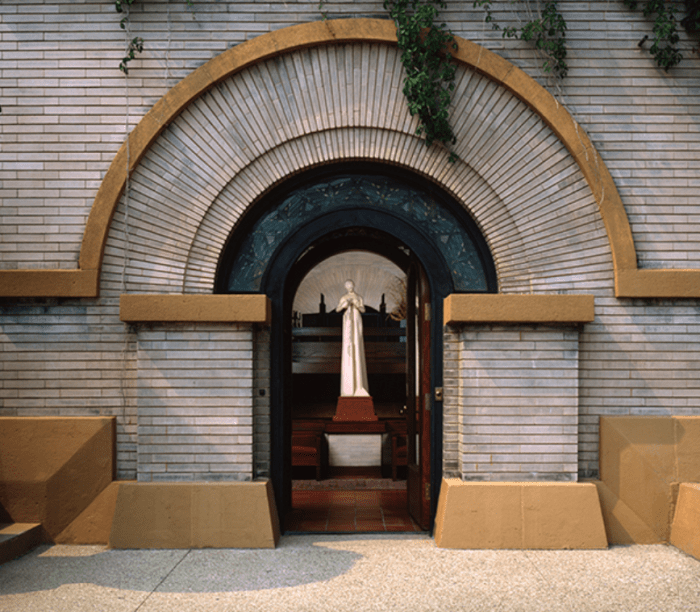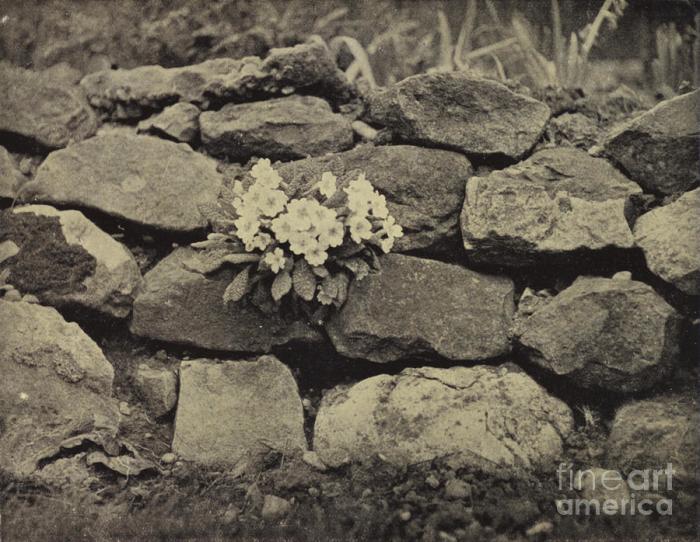Flower in the crannied wall poem – Tennyson’s “Flower in the Crannied Wall” is a profound Victorian poem that captures the essence of nature’s resilience and the human spirit’s capacity for hope amidst societal challenges.
Through vivid imagery and intricate symbolism, the poem explores the interconnectedness of humanity and the natural world, delving into themes of individuality, resilience, and the search for meaning in an industrialized world.
Historical Context

The Victorian era was a period of great social, economic, and technological change in England. The Industrial Revolution had begun in the late 18th century, and by the mid-19th century, it was in full swing. This led to a number of changes in society, including the rise of the middle class and the decline of the aristocracy.
It also led to a number of environmental problems, such as air and water pollution.
Alfred, Lord Tennyson was born in 1809, and he grew up during the Victorian era. He was a keen observer of the changes that were taking place around him, and his poetry often reflects the social and economic conditions of his time.
The Industrial Revolution
The Industrial Revolution had a profound impact on the Victorian era. It led to a number of changes in society, including the rise of the middle class and the decline of the aristocracy. It also led to a number of environmental problems, such as air and water pollution.
- The rise of the middle class: The Industrial Revolution led to the creation of new jobs and opportunities, which allowed many people to move up the social ladder. This led to the rise of the middle class, which became increasingly influential in society.
- The decline of the aristocracy: The Industrial Revolution also led to the decline of the aristocracy. The aristocracy had traditionally been the ruling class in England, but the Industrial Revolution gave rise to a new class of wealthy industrialists who challenged their power.
- Environmental problems: The Industrial Revolution also led to a number of environmental problems. The factories and mills that were built during this time produced a lot of pollution, which caused air and water pollution. This pollution had a negative impact on the health of the people who lived in industrial areas.
Literary Analysis

Tennyson’s “Flower in the Crannied Wall” is a sonnet, a fourteen-line poem with a specific structure and rhyme scheme. The poem follows the traditional Petrarchan sonnet form, which is divided into an octave (the first eight lines) and a sestet (the last six lines).
The octave presents a problem or question, while the sestet offers a resolution or answer.
The poem’s rhyme scheme is ABBAABBA CDCDCD, with each line consisting of ten syllables and written in iambic pentameter. This regular rhythm and rhyme scheme create a sense of order and balance, reflecting the flower’s resilience and enduring beauty amidst the harshness of its surroundings.
Imagery and Symbolism, Flower in the crannied wall poem
Tennyson uses vivid imagery to create a detailed picture of the flower and its environment. The flower is described as “a little flower” and “a small, frail thing,” emphasizing its delicate and vulnerable nature. The “crannied wall” represents the challenges and obstacles that the flower faces, such as the harshness of nature and the limitations of its surroundings.
The flower also serves as a symbol of hope and resilience. Despite its seemingly insignificant size and humble surroundings, the flower continues to bloom, representing the power of life to overcome adversity. The poem suggests that even in the most challenging circumstances, beauty and wonder can be found.
Themes and Motifs: Flower In The Crannied Wall Poem

Tennyson’s “Flower in the Crannied Wall” explores profound themes and employs evocative motifs that resonate with the human experience. These elements intertwine to create a tapestry of meaning, delving into our connection to nature, the complexities of individuality within society, and the indomitable spirit of hope and resilience.
Theme: Nature and its Connection to Humanity
The poem’s central image of a flower thriving in a seemingly desolate environment underscores the resilience and interconnectedness of life. The flower, a symbol of beauty and fragility, finds sustenance amidst the harshness of its surroundings, embodying the idea that life can flourish even in the most unexpected places.
Tennyson’s depiction of nature as a source of wonder and inspiration highlights its profound influence on the human soul, reminding us of our own place within the intricate web of existence.
Motif: The Individual versus Society
The poem also explores the tension between the individual and society. The flower’s existence outside the confines of the wall suggests a sense of independence and self-reliance. Yet, its presence within the wall also acknowledges the limitations and constraints imposed by society.
This duality reflects the complex interplay between personal aspirations and societal expectations, a theme that continues to resonate in contemporary society.
Theme: Resilience and Hope
The poem’s message of hope and resilience is particularly poignant in the face of adversity. The flower’s ability to thrive despite its seemingly inhospitable environment serves as a metaphor for the human spirit’s capacity to overcome challenges. Tennyson’s words offer solace and encouragement, reminding us that even in the most difficult of circumstances, there is always the potential for growth and renewal.
Cultural Impact

Alfred, Lord Tennyson’s “Flower in the Crannied Wall” has had a profound impact on various aspects of culture, from literature and art to contemporary society.
Literary and Artistic Influence
The poem’s exploration of the hidden beauty and significance within the ordinary has resonated with artists and writers alike. It has been referenced in works by Virginia Woolf, D.H. Lawrence, and James Joyce. In the visual arts, the poem has inspired paintings by Vincent van Gogh and Claude Monet, among others.
Contemporary Relevance
The poem’s message of resilience and the inherent value of all life continues to resonate in contemporary society. It has been used in speeches by environmentalists, educators, and social activists to advocate for the preservation of nature and the promotion of equality.
FAQ Section
What is the significance of the flower in the poem?
The flower symbolizes the resilience of nature and the human spirit, thriving amidst adversity and offering hope in a world marked by industrialization and societal challenges.
How does the poem explore the theme of individuality versus society?
The poem juxtaposes the individual flower against the vast wall, highlighting the tension between personal identity and societal pressures, and the importance of embracing one’s uniqueness.
What is the relevance of the poem to contemporary society?
The poem’s message of resilience and the interconnectedness of nature and humanity remains relevant today, offering solace and inspiration in an increasingly complex and rapidly changing world.